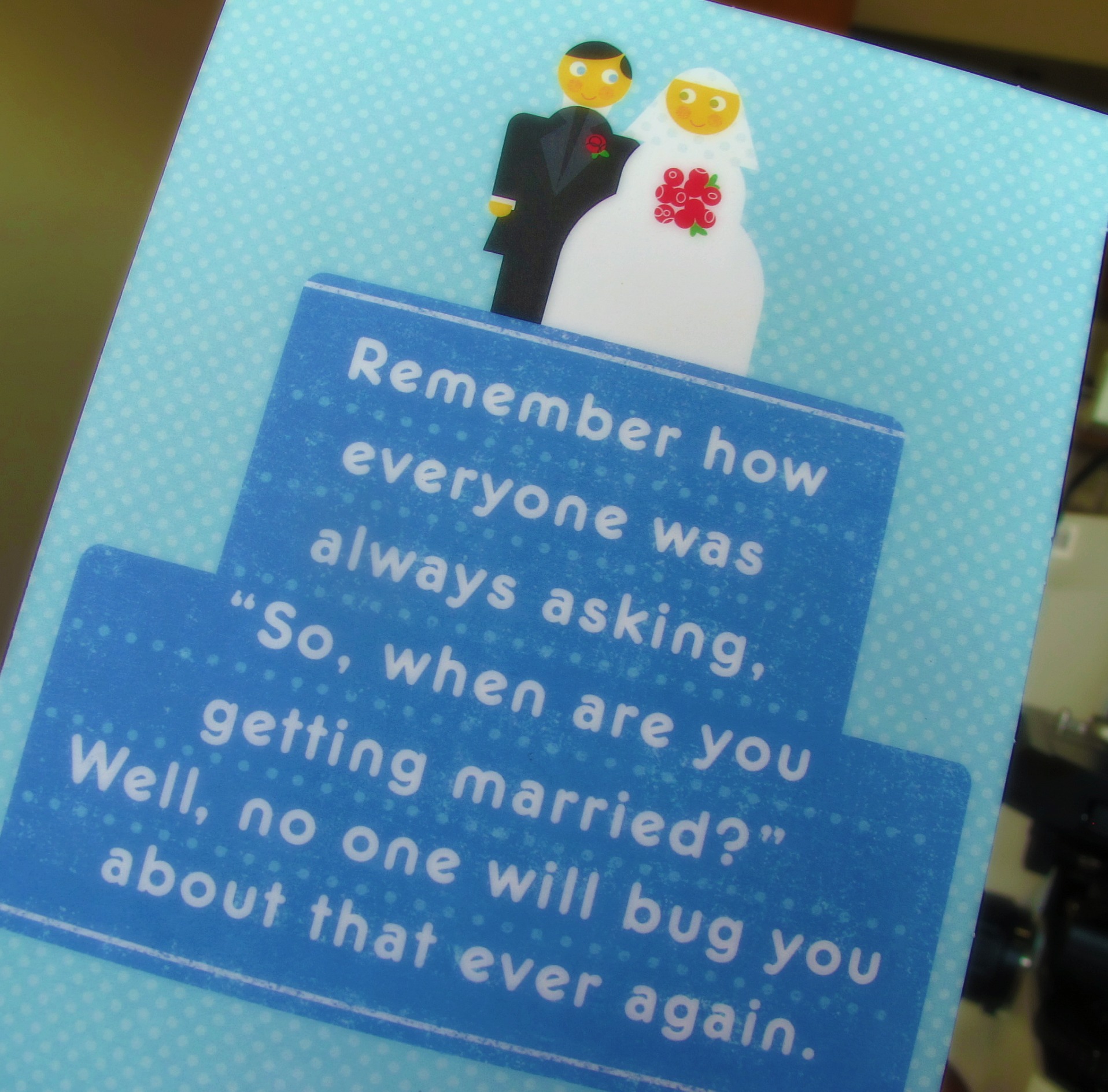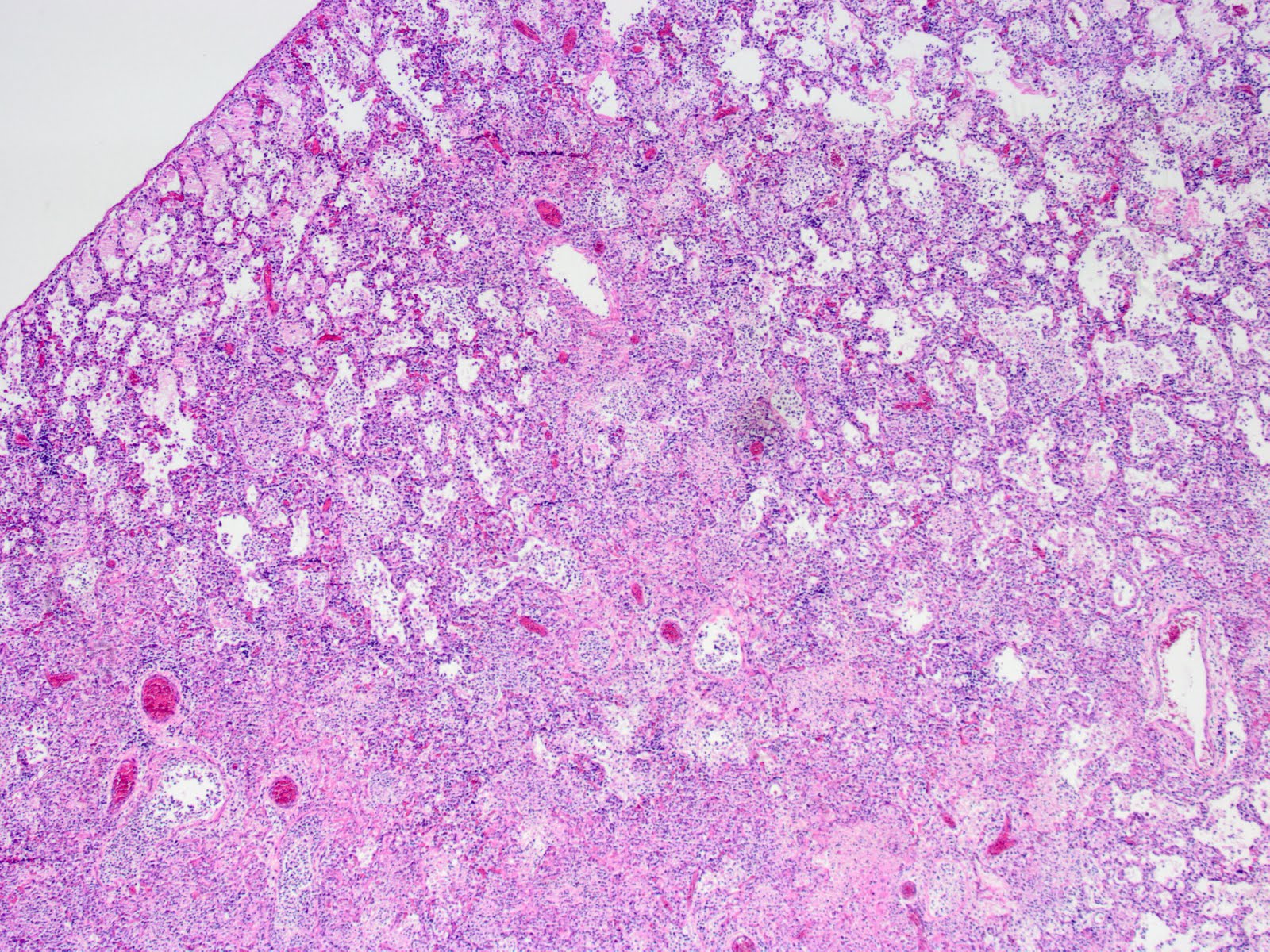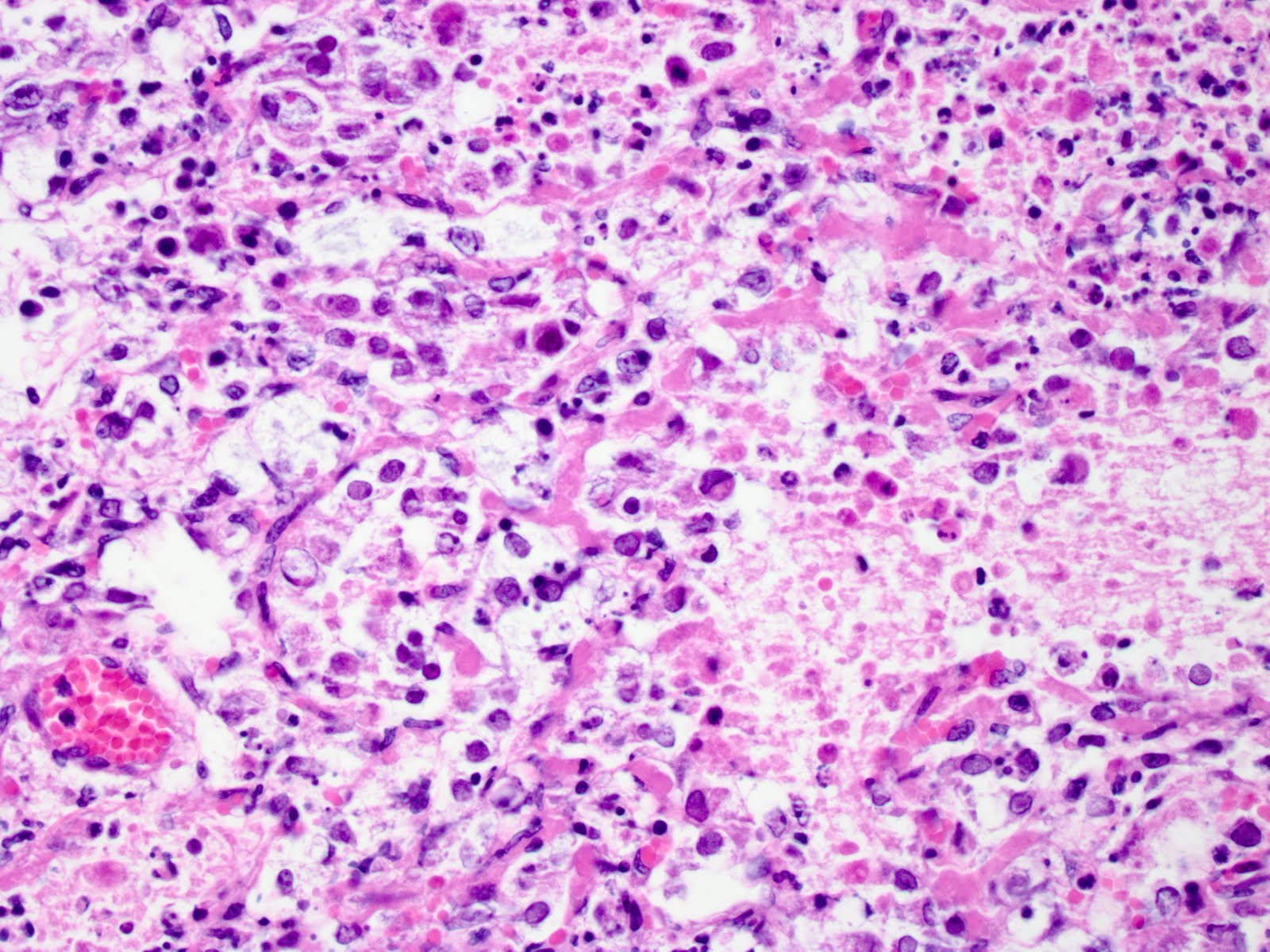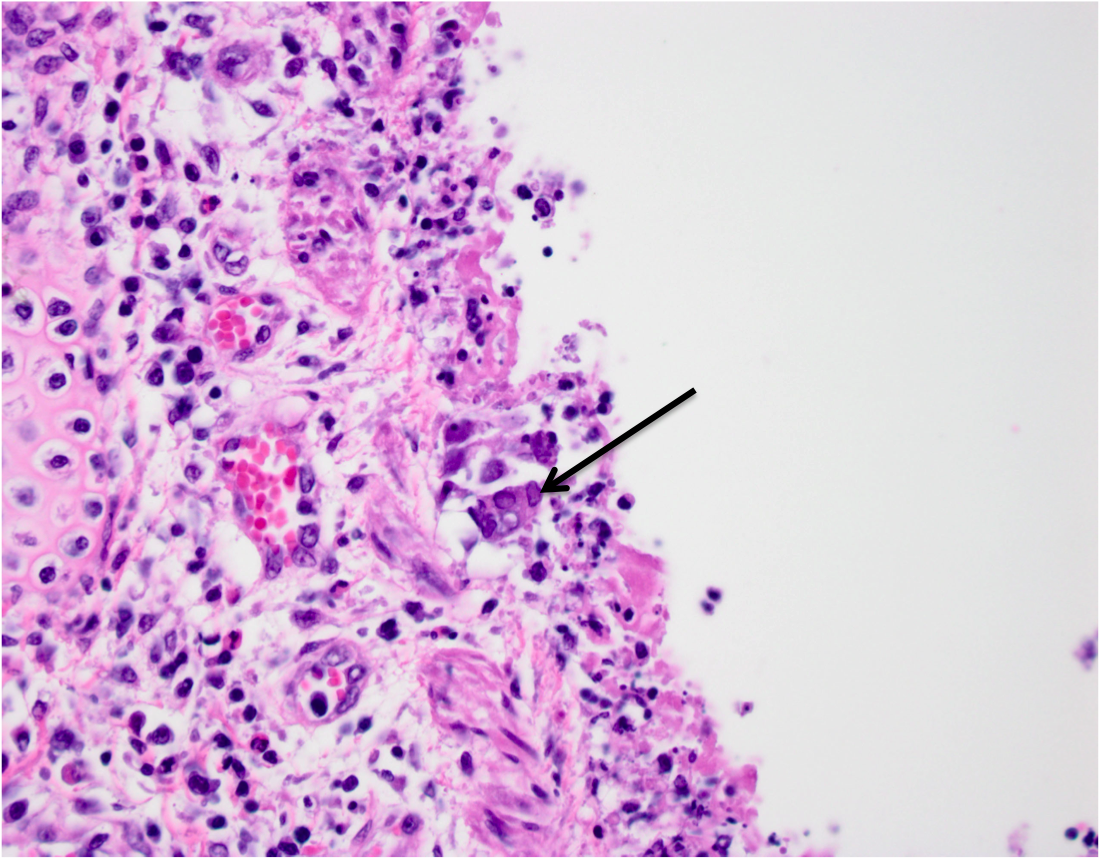A recent study indicates that being married might actually improve the likelihood of survival for patients with colon cancer.
Researchers studied the medical records of 127, 753 patients and determined that married people with colon cancer were 14% less likely to die than unmarried patients with the disease. Interestingly, the benefit of marriage was almost identical in both men and women. The study also found that married patients were typically diagnosed at earlier stages of colon cancer, and opted for more aggressive treatment – similar to findings from studies of other types of cancer.
Although the reason for these findings isn’t totally clear, the researchers suggest that the support and caregiving from spouses may result in improved cancer management, and better disease outcomes as a result.
Colon cancer is the 3rd most common type of cancer in the USA, and represents a leading cause of cancer-related deaths. The death rate from this type of cancer, however, has been decreasing over the past 20 years. One reason for this is likely the increased use of screening techniques to diagnose colon cancer – this in turn allows polyps to be detected and removed earlier before they can become cancerous. It also allows colon cancers to be detected at earlier stages when the disease is actually easier to treat and potentially cure.
Consequently there are currently over one million survivors of colorectal cancer in the USA.
Li Wang et al. Marital status and colon cancer outcomes in US Surveillance, Epidemiology and End Results registries: Does marriage affect cancer survival by gender and stage? Cancer Epidemiology, 2011 DOI: http://bit.ly/ig0pCz










Follow Me!